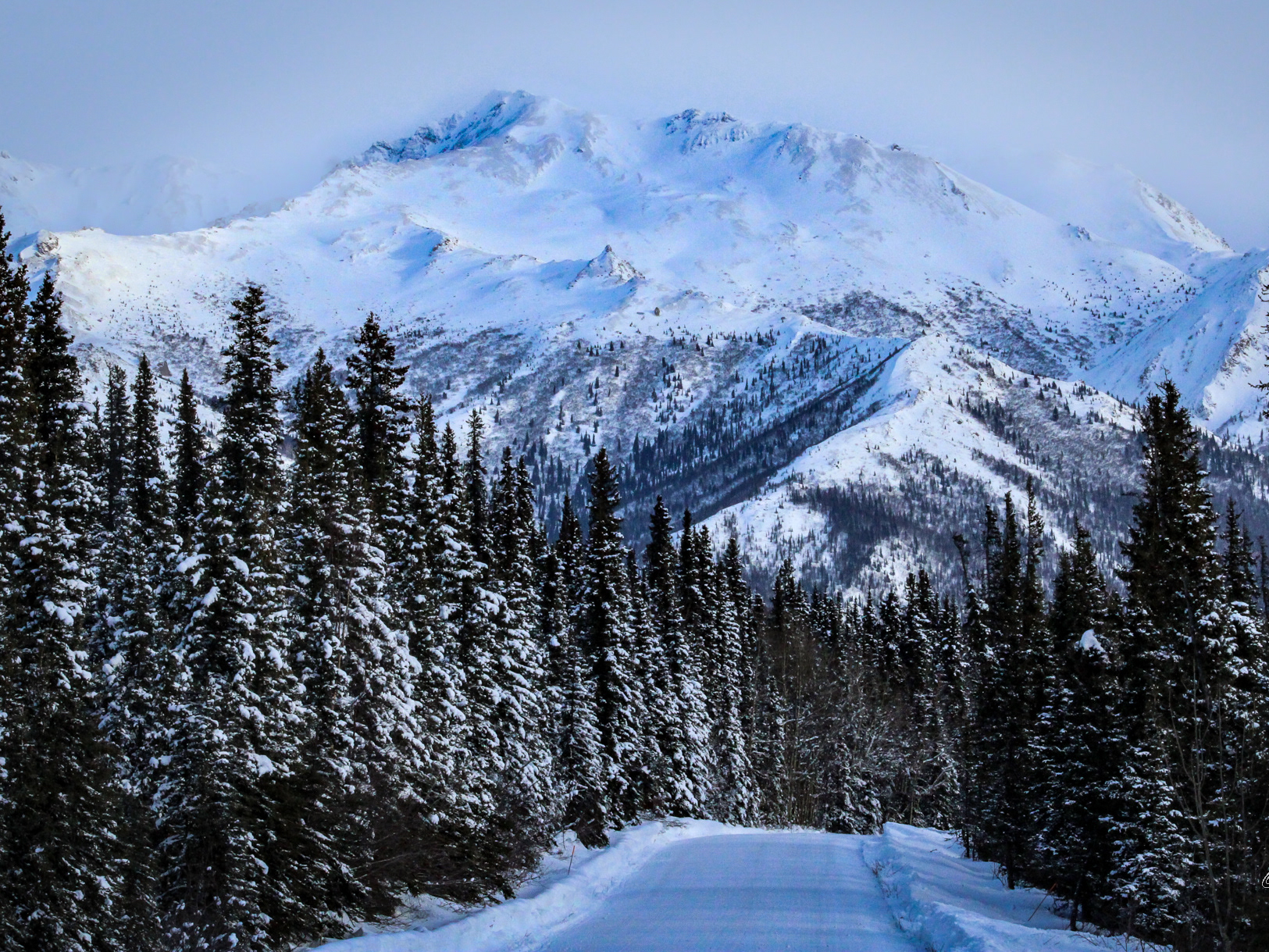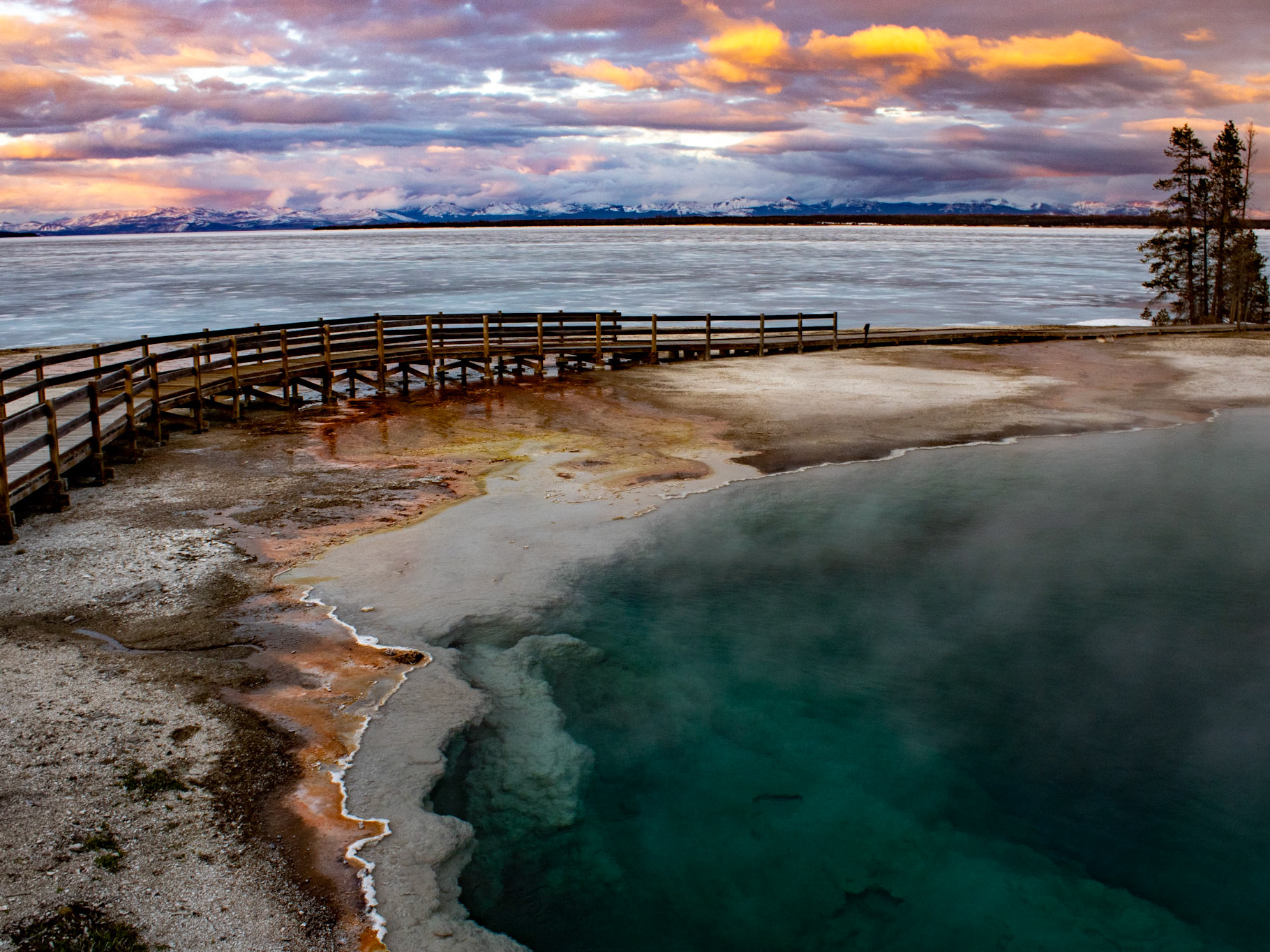"While my interest in natural history has added very little to my sum of achievement, it has added immeasurably to my sum of enjoyment in life."
- Theodore Roosevelt
Summer 2021 - North Dakota
While working at Jewel Cave National Monument in Custer, South Dakota, I was lucky enough to venture out to North Dakota for three days. I went with Sean and Riannon, two friends from Jewel Cave that also just so happened to have planned a trip up there the same weekend as I did. We set off separately, with a plan to meet up just outside of our first stop, the Knife River Indian Villages National Historic Site. I found a campsite in the cute town of Stanton. I set up our camp and talked with the camp host who just so happened to be a ranger at the park. After that, I drove the 5 minutes to the park to explore.
This was the site of where a village of large dome shaped earth lodges were built by the Hidatsa people many years ago. Lewis and Clark came up the Knife River on their exploration of the west, and would meet Sacagawea at this very site. This tribe was a more sedentary tribe, only moving when required by food supply. The women of the tribe would take foremost responsibility for construction of the lodges, only needing men to lift and set the large 9 foot cottonwood support trunks. From there, the mud and branch walls, and buffalo pelt door would all be finished by women. I was told by one of the rangers there, the team that made this reconstruction took 9 months to build this lodge, whereas it would take the women of the day mere weeks. The lodge would last for around 10 years before it would wither and collapse.
To feel this history at this site was extraordinary. To stand in what some would call a field, but I called a village, gifted me a feeling of connection. I saw an eastern kingbird on a sign, an adorable black and white, songbird sized fellow. I observed a thirteen lined ground squirrel pop up out of his hole which overlooked the Knife River. I smelled the sweet prairie grass being roasted in the afternoon sun. I heard the sounds of a village from hundreds of years ago, packed with life. Kids playing traditional stick and ball type games, fires crackling, and the construction of earth lodges underway. This is one more reason I thoroughly enjoy more than just our national parks, but our historic sites, battlefields, monuments, ect as well. They are designed to suck a visitor in and help them care about an event or people that hasn't been around for hundreds of years. This is what made Knife River a great visit. It takes imagination. To look at that a plot of otherwise unremarkable terrain, and visualize what happened there so many years ago that made it relevant. Imagination and a historical landscape will transport a visitor directly into a time long since past.
From Knife River, we set out in the morning to drive to Theodore Roosevelt National Park. It is the only national park named for a single person, and it preserves Roosevelt’s story as well as a vast portion of picturesque Dakota badlands. This is where a young Roosevelt in his early 20s, would reside for 2 years, after the death of two loved ones. His mother, Mittie Roosevelt, had typhoid, and was quickly deteriorating. On the morning of Valentines Day, 1884, his mother would succumb to the typhoid, and he would rush home to mourn. Not more than a few hours later, his wife would die of a severe kidney ailment called Bright’s disease. His wife, Alice Lee Roosevelt had just given birth to their first child two days before. His daughter, also named Alice, was sent to be taken care of by Roosevelt’s sister for the time being. TR, as his friends called him, was beyond broken, and abandoned his life in New York politics. He had hunted bison on the great plains of the Dakota territory a year before, and he returned there to seek refuge and heal in the arms of mother nature. He built a cattle ranch he would name the Elkhorn, which he ran with a couple friends, while also hunting down criminals as a sheriff. Here he would soak up the natural beauty of the landscape, while also figuring out what the next chapter in his life would hold. This is why I was so excited to visit this park.
The park itself protects many acres of pristine Dakota badlands, as far as the eye can see. It is very different from Badlands National Park in neighboring South Dakota. Where Badlands is an arid and dry prairie landscape, Theodore Roosevelt is far more lively, in that there are a wide array of trees and other vegetation that has eked out a life there on the Little Missouri River. There is a north and south unit, and the Elkhorn Ranch unit in the middle, where Roosevelt’s ranch house stood.
I had a delightful adventure with my travel companions, Sean and Riannon. I arrived first and claimed us a campsite, a beautiful spot situated a couple hundred yards from the Little Missouri River, ladened with cottonwoods and prairie grass. Sean and Ri arrived soon after and we started to make camp. As I was setting up my tent, Sean, startled, got our attention. I looked across our quaint meadow, I saw a single female bison lumbering into the campground. Then two. Then 5. Then 20. Before we knew it, an entire herd of at least 50 of these beautiful, bellowing behemoths were invading the campground. As I know how dangerous a single bison can be, I was a little skeptical of our newfound campmates. They turned out to be fine neighbors, and laid down in the meadow for an afternoon nap. They were at most 50 yards from us, but paying no attention to our campsite construction. They grazed, slept, and fought with each other, just as they would have done 200 years ago when the west was still wild, and we were lucky enough to see it all. Although we would have loved to watch them all day, we had a scenic drive and some exploring on the itinerary. We loaded up into my truck, and took off. Just as we were passing the herd in our campsite, we looked off to the right, into the river bank, and saw another 100 or so bison cooling off in the murky waters of the Little Missouri, with a beautiful backdrop of yellow, orange, and tan badland hills. We gawked and took pictures for some time, but as my truck was blocking the road, it was time to go.
We set out onto the north unit’s scenic drive for the later half of the day, where we were blessed with some of the most beautiful badland scenery I have ever witnessed. Even in the nearly 100 degree heat that day, I felt refreshed as we drove from overlook to overlook, absorbing each and every vista we could. The river, snaking through a valley a couple hundred feet below, brings life to the region, as lines of massive, hearty cottonwoods, sagebrush, and cedars line the banks of the river. Wildflowers paint the landscape like a canvas in the spring, and more than a few still hung on at that time of July. Seeing the mounds of clay-like badland hills stretch out across the horizon was breathtaking. I could only imagine what TR thought when he first saw these wilds. For a man in the 1880s, he was in one of the last places to feel a feeling of a truly wild west.
We were camped in the north unit, so we drove out around an hour to see the south unit. It was still gorgeous, but with less expansive greenery than the north unit. We saw another herd of bison in the distance as we drove, and also a herd of wild horses, forcing me to hold our party hostage in my truck as we listened to “Wild Horses” by Garth Brooks on the drive back. The road finishing the loop was closed, and it was more than one hundred degrees there, so we went back the way we came and made our way to the Elkhorn ranch unit - where the young soon-to-be-president made his life over a hundred years ago.
As we arrived, after a long, winding, and scenic dirt road drive, we descended into a deep river basin filled to the brim with more cottonwoods, massive bushes of sagebrush, and a forest of cedars. We parked, and had the whole site to ourselves. The trail out to TR’s ranch house was a mile long, flat winding path through a healthy cedar forest. Once we broke through the trees, we were greeted, yet again, by the Little Missouri River, in all its muddy beauty. We read a few interpretive signs, then finally made it to the cabin site. The cabin was not there anymore, but 6 foundation stones were. Six large, flat, 3 foot by 4 foot stones, just over a foot tall, that once held Theodore Roosevelt’s house up off the ground. I was in awe of these six simple rocks, Sean and Ri had some trouble appreciating them as much as I did, which was understandable, after all, they are just rocks. Although, I made the argument that these were special rocks. I sat on a cornerstone and volleyed my argument across the house site in friendly debate on why this place was historic.
This was a site that one of the greatest men in history healed, planned, hunted, laughed, ate, slept, and wrote. This is the place that would set him on a journey to become president. A president that would forever change the American landscape. The place that would set him on a path to protect 150 million acres of wild American country for posterity. That is what made this small patch of dirt we stood on so relevant. To sit where Roosevelt himself sat, looking out into the wilderness where he would hunt the elk, deer, and pronghorn that made up his dinners was truly special. Looking at the rotted out hitching posts where TR and his crew would tie their horses after a long day branding cattle, would transport the visitor back a hundred years, with a little imagination. Appreciation for both history and nature makes for an enlightening experience. The landscape itself was moving, but the history that took place within said landscape, was ten times as inspirational.






